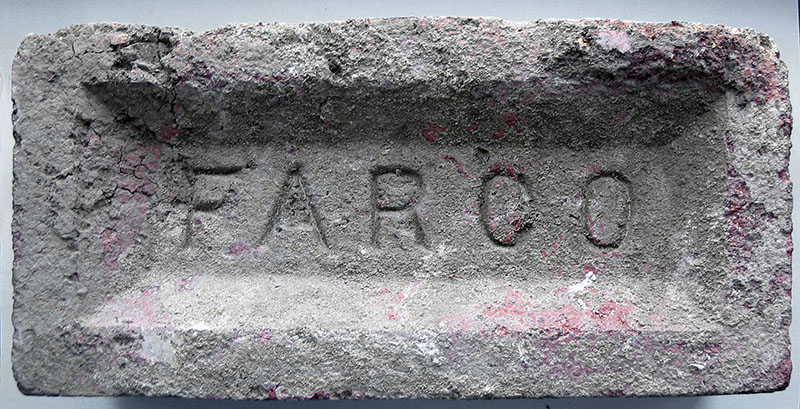
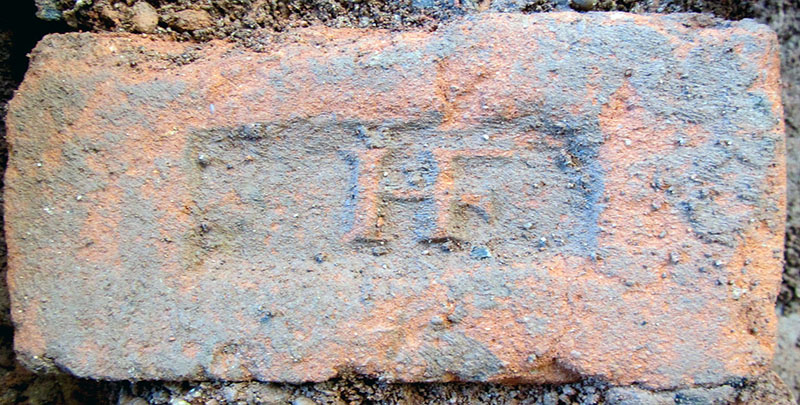

Photo by Tom Langton.
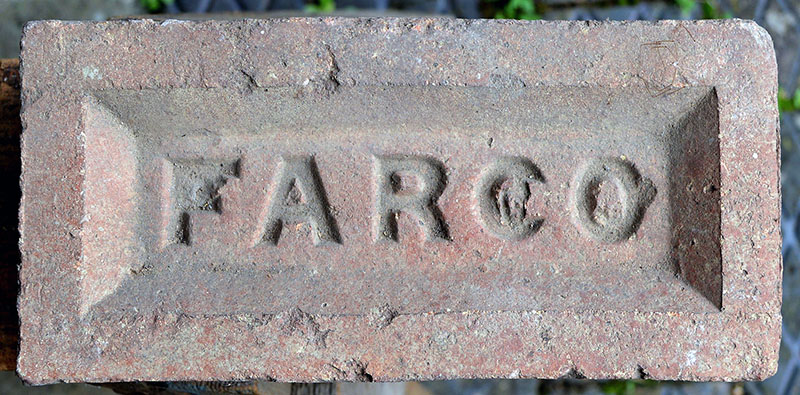
Photo by Frank Lawson. Martyn Fretwell writes :- Farco was a
trade name used by the Farcet Brick Co. in Peterborough, which was
owned by the McDougall family (flour mills) of Manchester. The
Farcet Brick Co. in Farcet, Peterborough appears in Kelly's 1898
& 1903 editions with N. McDougall as secretary & was in
operation from 1896 to 1921. After the company went into liquidation
the works was sold to the London Brick Co. A link to brickworks in
that area in 1900.
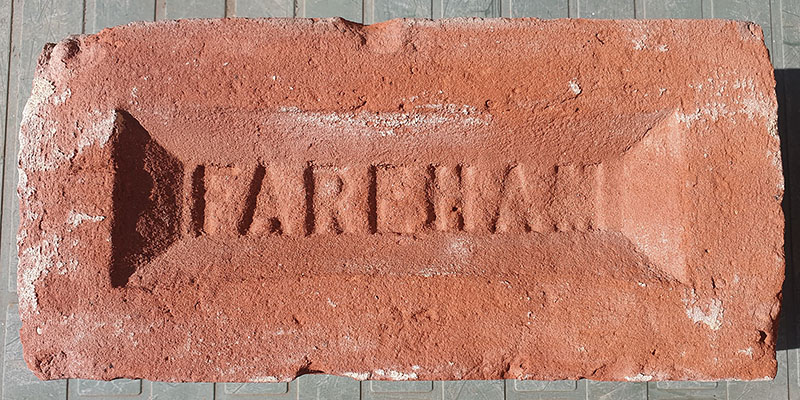
William Cawte, Fareham Common brickworks. Previously at Maylings and Furze Hall. Liste in directories 1865 - 1875. In the 1870s the name of the works was changed to Holly Grove brickyard. Bricks from this works were used in building the Royal Albert Hall. Photo by Nigel Furniss.
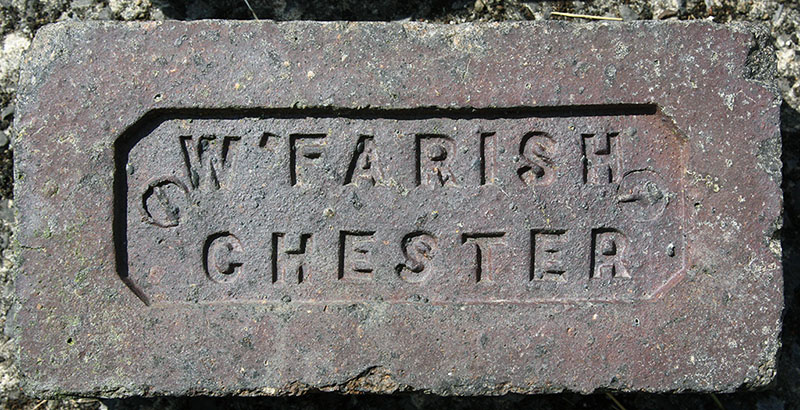
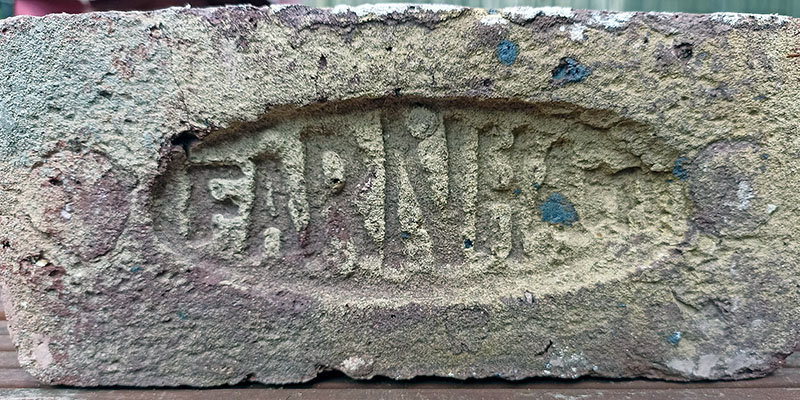
Photo by Pál Aczima.
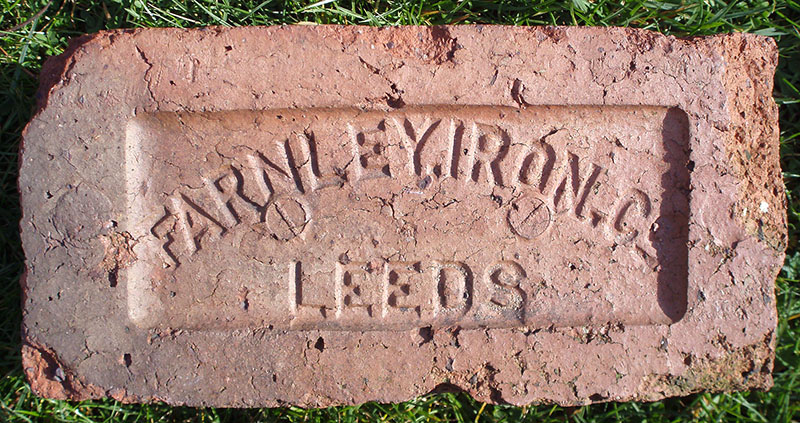
Farnley Iron Works was founded in 1844 by Armitage Brothers of Farnley Hall. It is reckoned that the Farnley Iron Company produced more bricks than iron. It manufactured both household and firebricks.
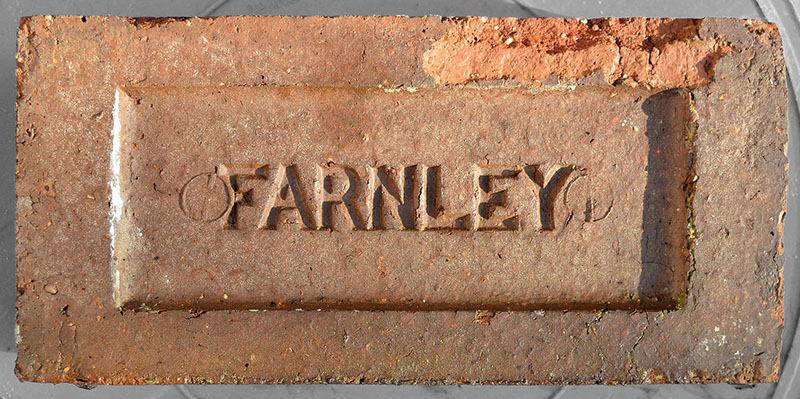
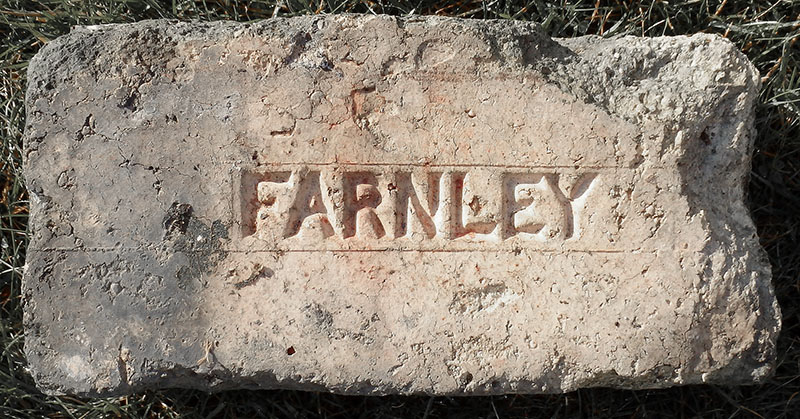
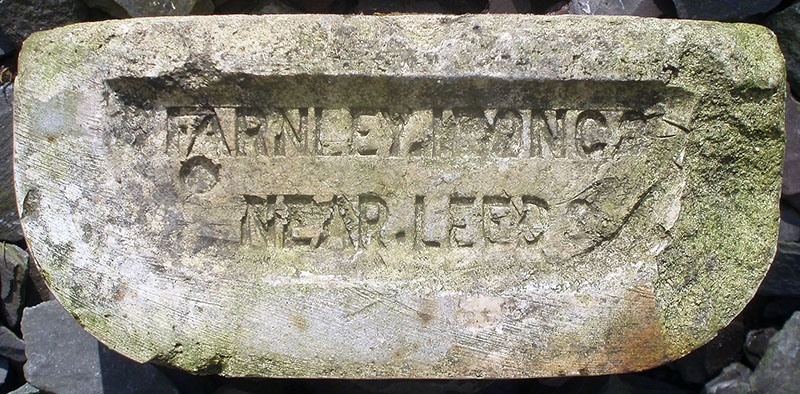
This one is a double bull nose and is glazed.
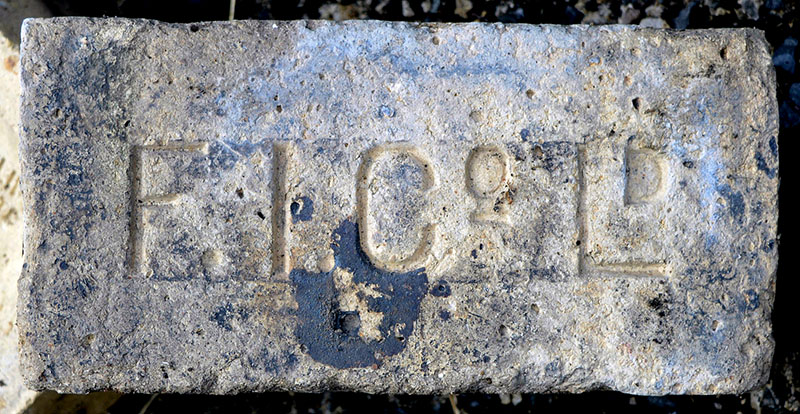
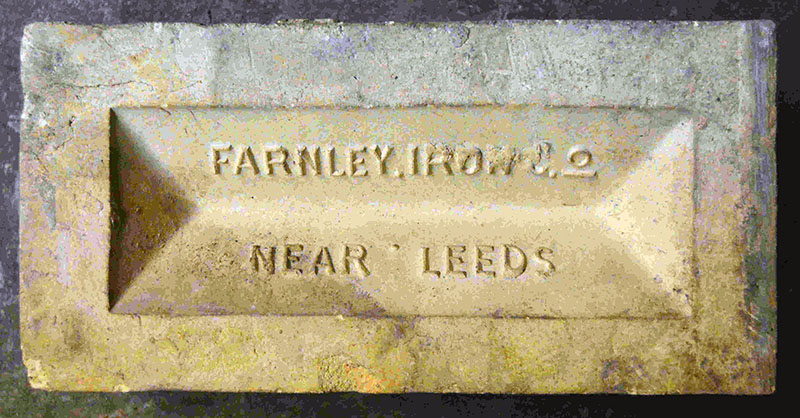
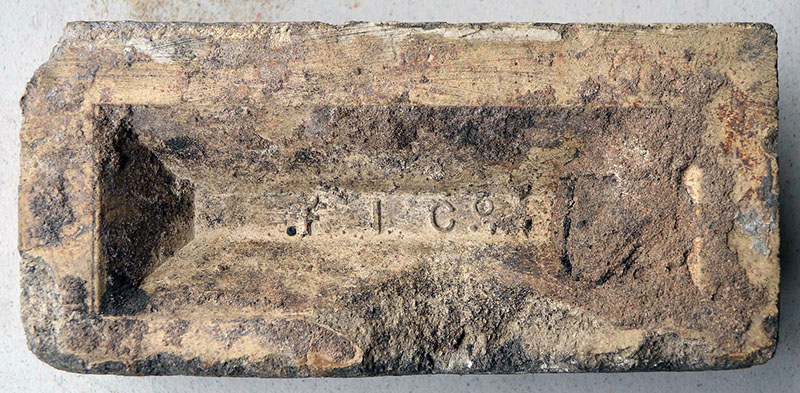
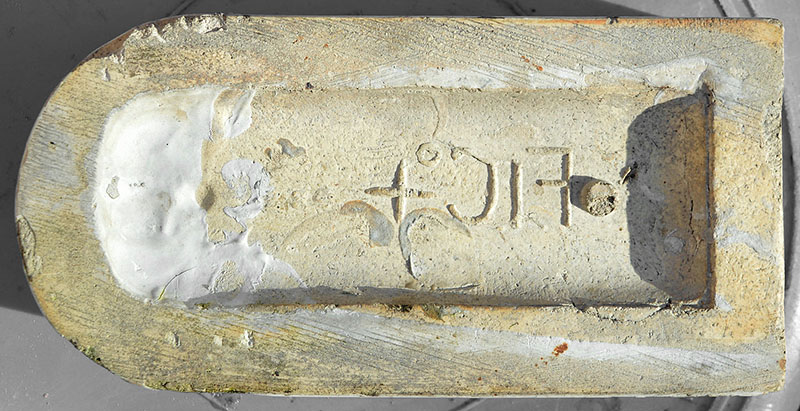
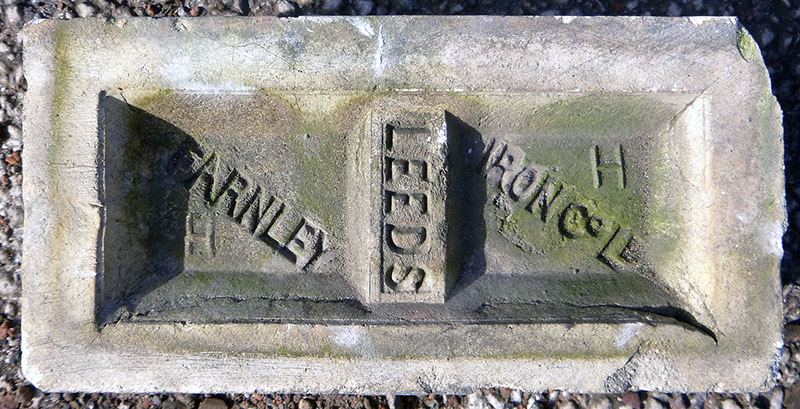
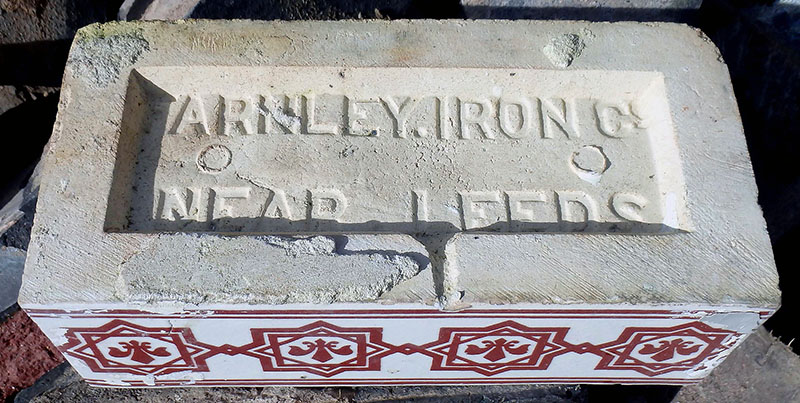
Photos by Frank Lawson.
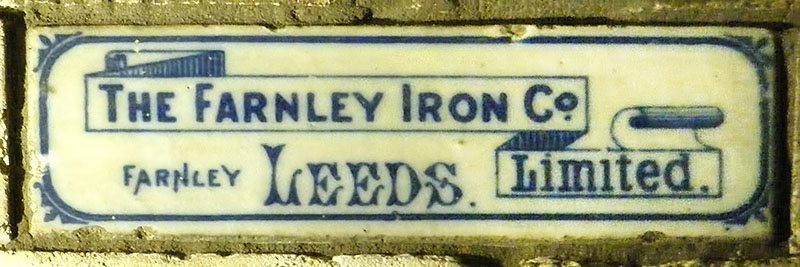
This wonderful glazed brick was discovered during the renovation of Carnforth station in Lancashire. Stephanie writes: When renovation work was being carried out by builders in the Furness and Midland Hall, they found one of the bricks was loose, high up on one of the walls, and on pulling it out and turning it round they found the other side was ceramic and ornately inscribed with the words "Farnley Iron Co Ltd Farnley, Leeds. This hadn't been seen, since it was built in the 1890's.
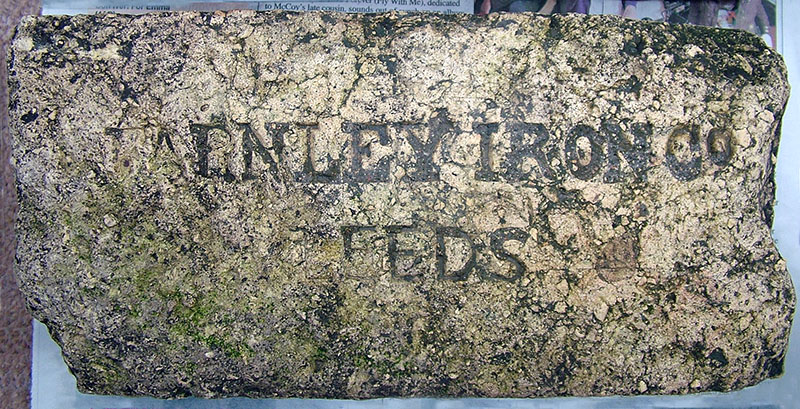
Photo by Derek Barker.
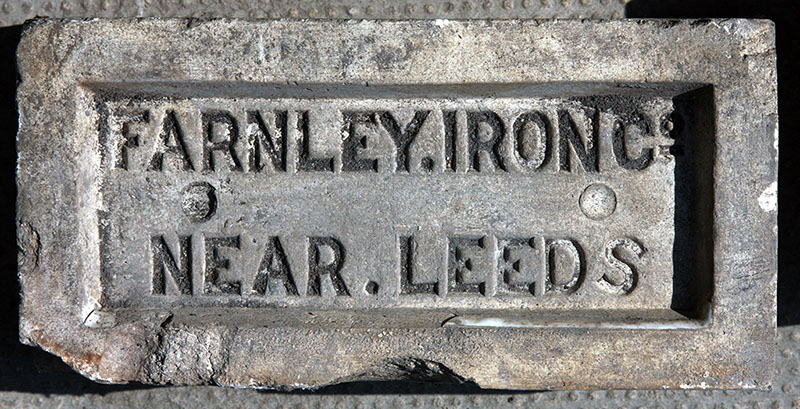
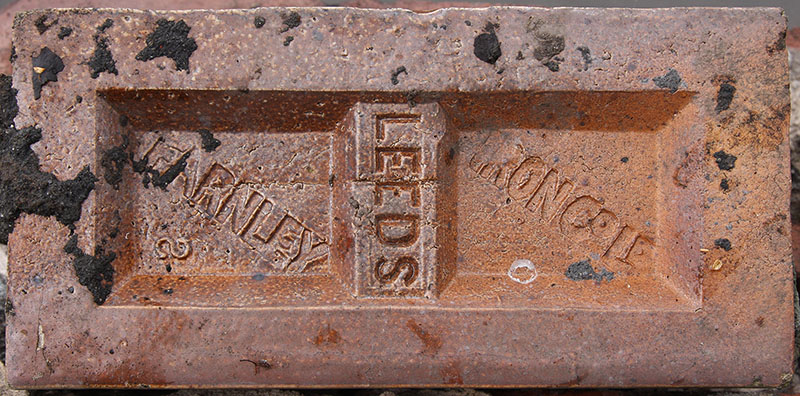
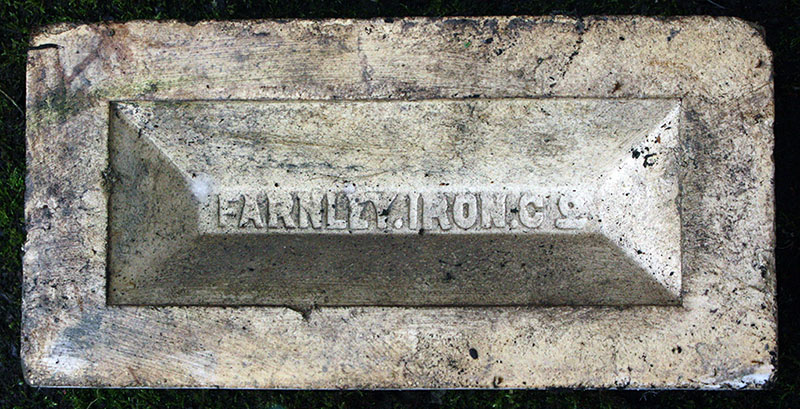
Photos by David Kitching.
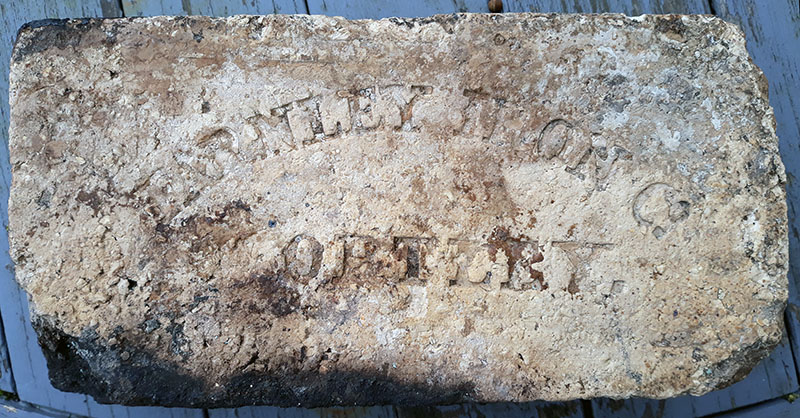
Photo by Anthony Burke who found this example marked WORTLEY in an old fireplace at a farm in Cowling near Keighley.
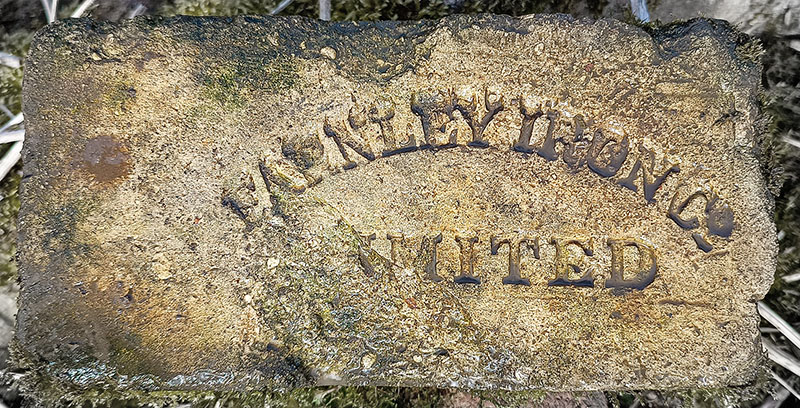
Photo by Chris Tilney.
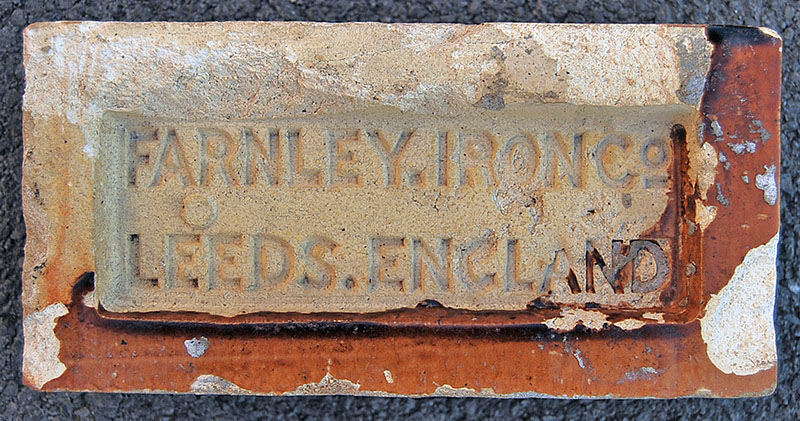
Photo by Alan Davies.
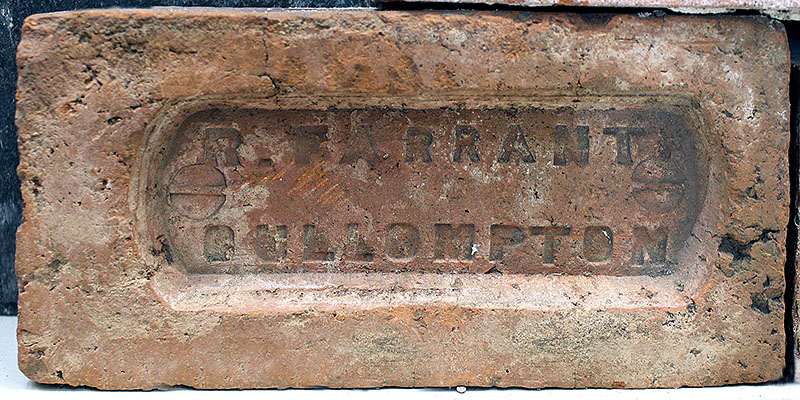
Photo courtesy of Tiverton Museum of Mid Devon Life.
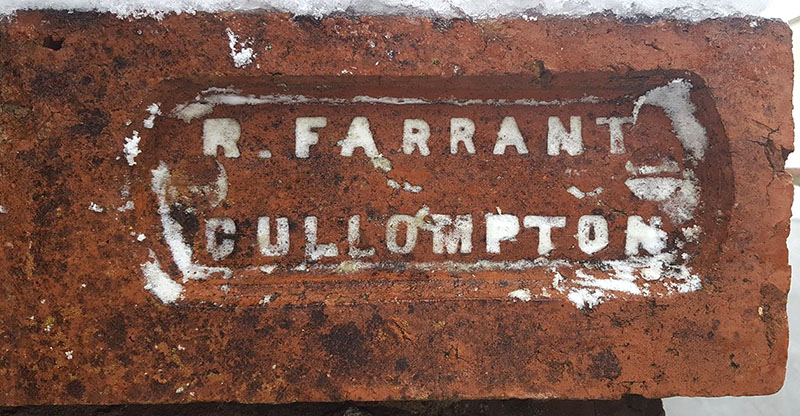
Kelly's Directory for 1889 has Robert Farrant as a brick manufacturer at Growen, Cullompton. Photo by Nick Savage.
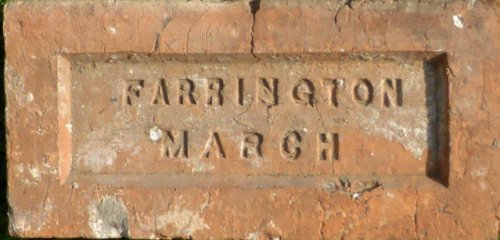
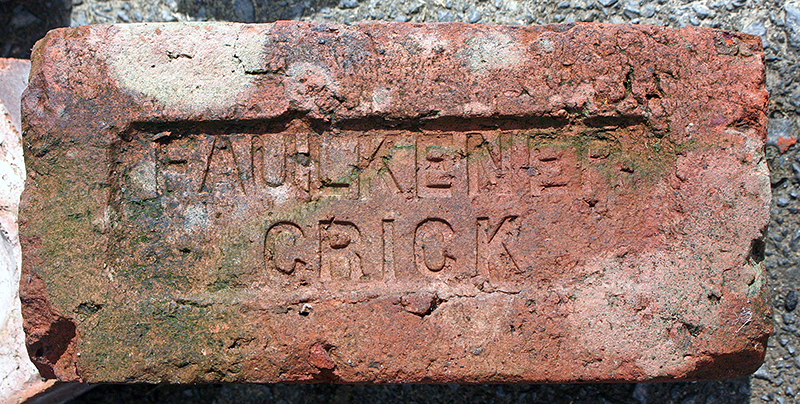
William Faulkener, Crick, Rugby, Northants. Kelly's Northamptonshire Directory 1890. Photo by David Kitching.
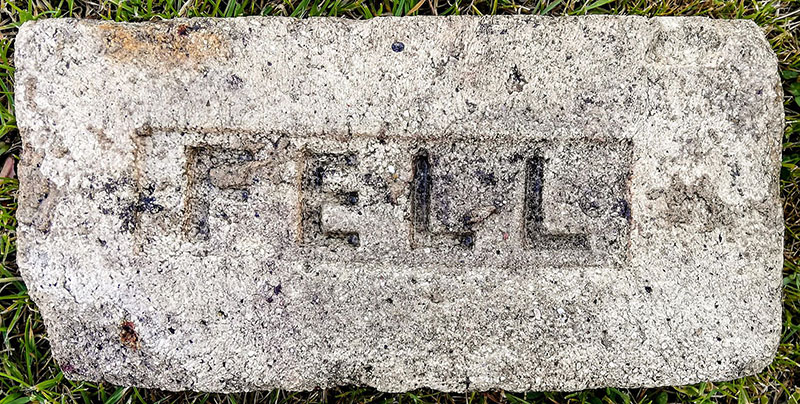
Mark Cranston says that Fell & Co. operated as merchants in bricks and other goods, out of the port Newcastle upon Tyne, in the 1850's/60's. It is likely that bricks bearing the name FELL were made by unknown brickworks to the order of the Fell company. Found at Dunston near Gateshead. Photo by Chris Tilney.
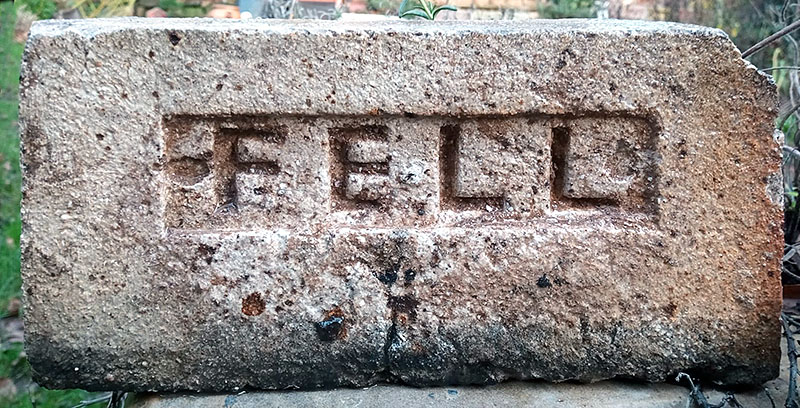
Photo by Chris Graham.
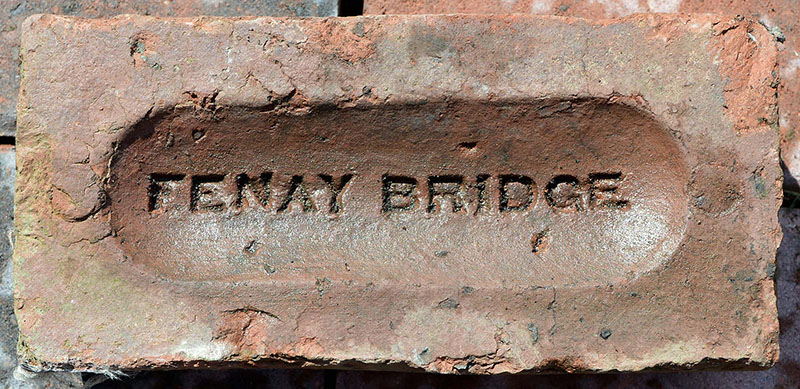
Made in Huddersfield. Photo by courtesy of the Frank Lawson collection.
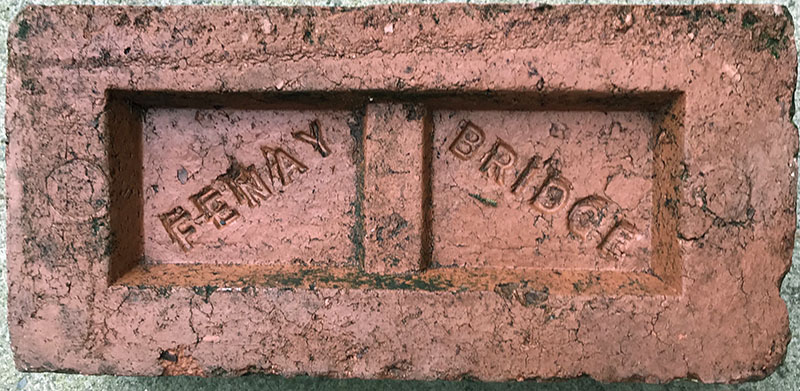
Photo by Russ Firth.